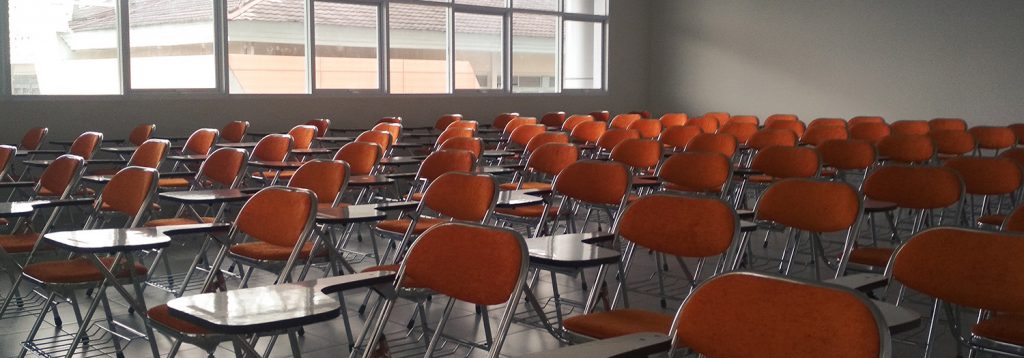
Authors Alliance thanks Diana Buck, Copyright Intern, for this post.
When universities across the United States moved to online learning in the spring of 2020 due to the COVID-19 pandemic, many students and teachers were left in a difficult position. Some students did not have access to textbooks and other library materials that they relied upon for classes, and teachers had to find new ways to interact online and maintain engagement in class. American University Washington College of Law’s Program on Information Justice and Intellectual Property (“PIJIP”), recognizing teachers’ need to find adaptable, resilient, and even digital education materials for fall 2020 classes, created a webinar series to inform educators about the possibility of using or creating open educational resources (“OER”). The webinar series is broken into two parts: part one addresses finding and evaluating OER for use in classes, while part two covers how to create and publish OER.
In part one, a range of guest speakers outline the larger context of the importance of OER beyond the pandemic as an alternative to traditional textbooks and publishers’ online inclusive access deals. OER are valuable resources because they provide flexible alternative to educational materials made available under default copyright terms, which can prevent people from accessing, sharing, or adapting materials. OER’s flexibility comes from the fact that almost anything can be OER, from textbooks to slideshows to test banks, and creators can choose how users are allowed to interact with the materials by applying Creative Commons licenses. OER allows teachers to meet students’ needs in a more personalized way without requiring them to spend money on educational materials that won’t be utilized. Additionally, OER creates greater access to education by putting all students on equal footing to start class, as opposed to commercial resources which some students may not be able to afford or have a difficult time procuring.
After explaining the strengths of OER, part one of the series addresses potential resources for educators to build an OER-based curriculum, such as SPARC, Open Textbook Network, and Rebus Community. When choosing OER, educators should think about whether the OER complies with campus policies, how much students will have to pay, formatting choices, and limits on printing or copy-and-paste features. The speakers encourage teachers to utilize their campus librarians rather than immediately turning to the wider internet. The idea of OER is not to reinvent the wheel by creating all new materials or feeling forced to find a multitude of resources that somehow need to be pulled together in a comprehensive way, but to find a few good base sources and then edit as needed to fit the teacher’s learning goals for the class.
Part two of the webinar series addresses how educators can begin to create and share their own OER. Taking a practical approach, the speakers discuss how a creator should think about a timeline, potentially working with co-authors, and finding other people to help in the process such as copy editors, librarians, or even students. One example given is a Spanish language professor who would write a chapter of her OER textbook, present it to her students as part of the class curriculum, and then gather feedback. She then incorporated that feedback into her revised textbook in the summer, when classes were over and she had more time to create the finished product. The webinar also reminds creators to remember copyright laws and a potential fair use exception in materials they draw upon. Even if the source materials aren’t OER, teachers may be able to use them anyway.
To learn more, watch part one and part two of the OER webinar series. A full list of PIJIP’s webinars can be found here.
Discover more from Authors Alliance
Subscribe to get the latest posts sent to your email.
